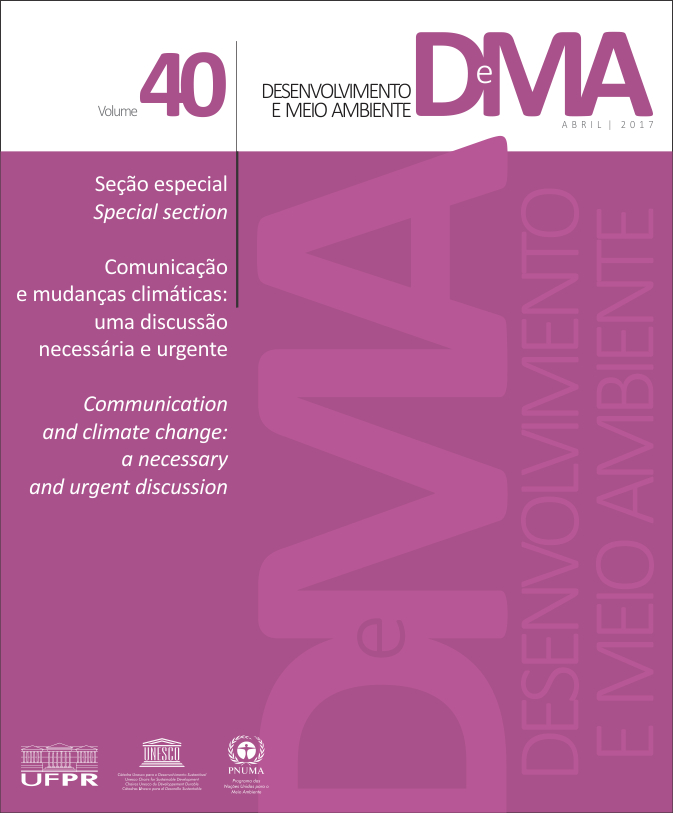Changes in Family Production Systems upon the Implementation of Palm Oil in Eastern Amazon
DOI:
https://doi.org/10.5380/dma.v40i0.47330Keywords:
productive paths, family farming, oil palm, AmazonAbstract
In this article, we analyze the changes in family production systems throughout their productive paths, emphasizing the changes occurred due to the implementation of palm oil in these systems in Eastern Amazon. The survey was conducted in Northeastern Pará (main oil palm expansion area), where 162 questionnaires were applied to family farmers integrated into palm agribusinesses and also a retrospective analysis was held in 10 farms. As main results, five types of production systems combining palm culture with other activities, such as annual crops cultivation, agroforestry systems (SAF), black pepper and cattle, were identified. In the trajectory analysis, typology revealed three trajectory groups: 1) the trajectory of annual crops with a tendency to specialization in oil palm cultivation; 2) the trajectory of perennial (highlighting black pepper and fruit in SAF) and palm, and; 3) the trajectory of livestock and oil palm. What differentiates the trajectories are the strategies developed by each family to ensure their social reproduction through agriculture. It was concluded that the implementation of palm culture caused changes in the structure, organization and course of production systems, but the changes are not only practical, but also symbolic, because the system integration represents " modernity " to family farmers, by having all the financial and technological apparatus that traditional cultures in the region, such as cassava, do not. So for farmers this is the main alternative for development.
Downloads
Published
How to Cite
Issue
Section
License
Copyright on works published in this journal rests with the author, with first publication rights for the journal. The content of published works is the sole responsibility of the authors. DMA is an open access journal and has adopted the Creative Commons Attribution 4.0 Not Adapted (CC-BY) license since January 2023. Therefore, when published by this journal, articles are free to share (copy and redistribute the material in any medium or format for any purpose, even commercial) and adapt (remix, transform, and create from the material for any purpose, even commercial). You must give appropriate credit, provide a link to the license and indicate if changes have been made.
The contents published by DMA from v. 53, 2020 to v. 60, 2022 are protected by the Creative Commons Attribution-NonCommercial-NoDerivatives 4.0 International license.
DMA has been an open access journal since its creation, however, from v.1 of 2000 to v. 52 of 2019, the journal did not adopt a Creative Commons license and therefore the type of license is not indicated on the first page of the articles.




